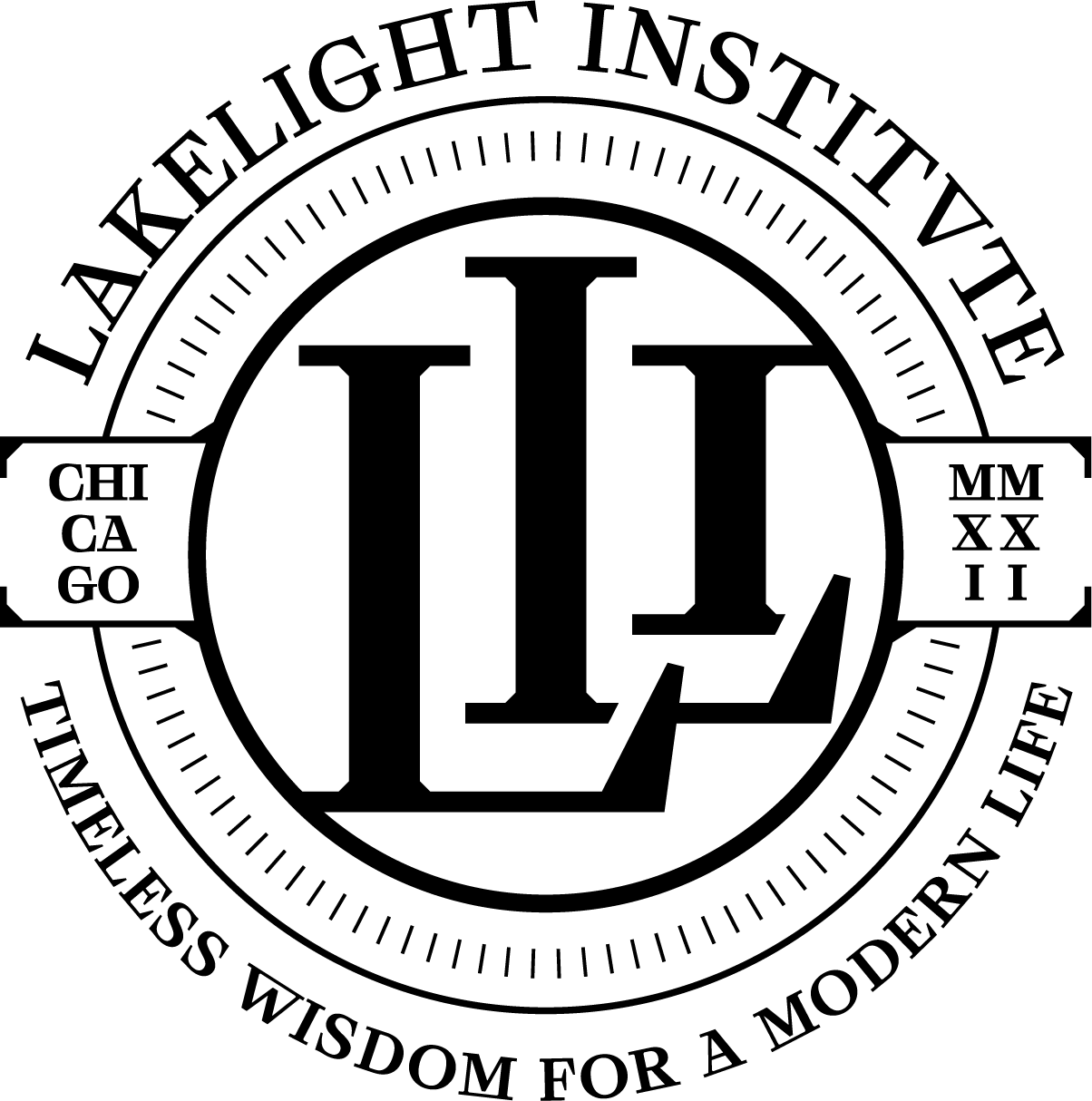
The Gospel and Burnout
The Harvard Business Review estimates that more people are burned out today than ever before. A recent Wall Street Journal article revealed that “job satisfaction has fallen to its lowest level in recent years.”
What’s going on here? And what can the gospel offer up as a solution?


Christ and Culture in Columbus
“Football fans are the most liturgical among us, religious or otherwise.”




Temptation, Coming to a Conference Near You
Professional development is a good thing. Combined with a Christian perspective seems great. This article considers a dangerous side - the spiritual temptations that combat our efforts to grow in faith.

Screwtape Does Politics
What temptations does this election season bring to our work and families? Ben Dockery offers a Screwtape-type letter so we can stay spiritually healthy in a contentious moment.

On The News: Chapter 1
In a sneak preview of his upcoming book, Mike Woodruff explores the state of our news media: the good, the bad, and the ugly.

Idleness and Idolatry: The Changing Pattern of Work in The Modern Age
Overworking and underworking stem from the same source — ourselves. How can we align our work with our identity?

Screwtape Goes To Work
Spiritual formation is alive and well in the workplace. This means your email box is a possible place for spiritual warfare. Take a Screwtape-style look at the topic.

Lincoln: Three Parables
Leo Tolstoy said that Abraham Lincoln “will live as long as the world lives.” What does Lincoln’s legacy teach us today?

Working On Our Loneliness Problem
Loneliness is more than a personal struggle. It's a social crisis. The smartphones in our hands, and the philosophies of our time push us toward isolation. And yet, there is a possible solution — from an unlikely source.

Saturday Hope
How can we trust God on Holy Saturday while Jesus is still buried in the tomb?

Why Our Politics Is So Crazy Right Now
Our politics has been crazy for awhile now. Two questions remain: Why is the discourse toxic and how can Christian theology address the crisis?

Rethinking Vocation: 8 Common Misunderstandings about Our Calling
How do I know if God has called me to something? What are the signs? Ben Dockery answers the hard questions and exposes 8 common misconceptions about calling.

Cracks: My Dad, Parkinson’s and the Hope of Christ
“While my subconscious hope that my dad would never die has been shattered, I have a deeper hope still.”
Associate Director Glenn Wishnew reflects on his dad’s Parkinson’s diagnosis, and applies Christianity’s consolation to existential crisis.


Lessons on Prayer from C.S. Lewis
C.S. Lewis was a spiritual giant. His writings continue to inspire millions from around the world.
Glenn Wishnew read just about everything Lewis wrote on prayer, and these are the lessons he took from Lewis' writings.

Riding the Waves: Best Practices for Parents During Cultural Chaos
Glenn Wishnew examines the challenge of raising up Christian men and women in a culture which flows against faith formation.
